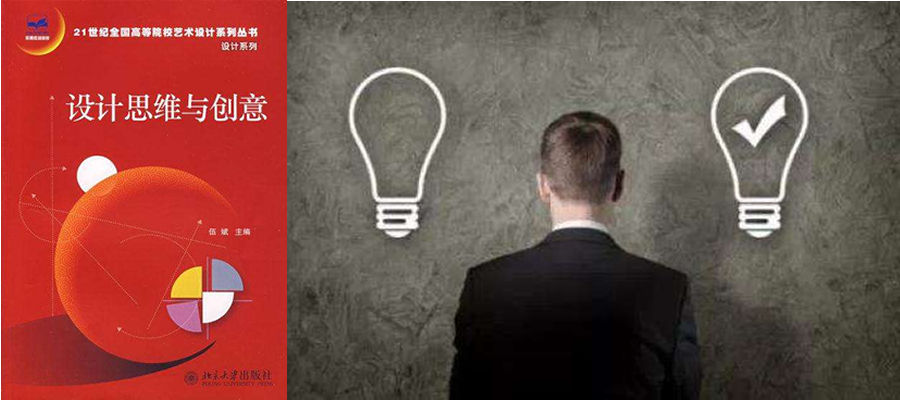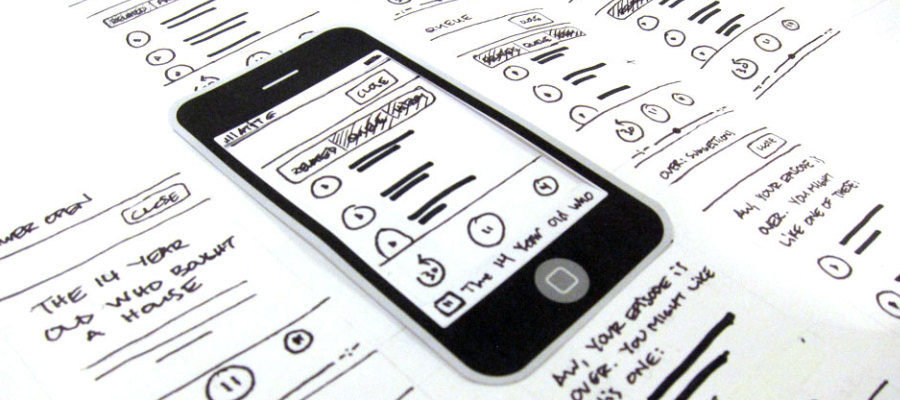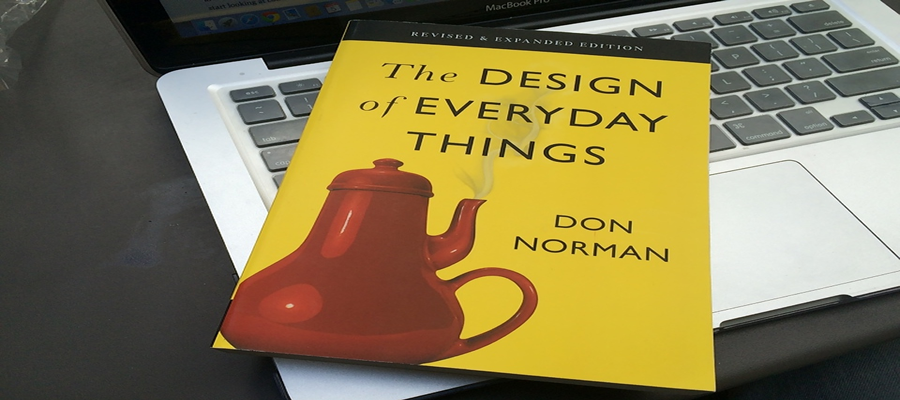Top Skills That Master of Interaction Design Should Have
Interaction design is highly valued as a part of user experience design. Some universities set the master of interaction design as a degree. Each school has a different course of study, but there are several essential courses that every one of them are teaching. It's not easy to get a degree of interaction design. Here, I will introduce you the skills that we need to learn.
1. Creative thinking
For any kind of designers, creative thinking is essential, especially for the master of interaction design. Interactive design ideas may not be as intuitive as the interface design, but each creative interactive design will powerfully upgrade the quality of product.
Design thinking and creativity is a very good book, and some schools also use this book as a textbook, really worth learning. This book is a representative design work in modern design art as the research object, from the aspects of association, reverse, bionic, integration and so on, systematically expound the design of psychology in the use of art and its artistic materials.
Through the study, you can understand the concept of contemporary design, the initial master of the design language and symbols in the use of art design practice. And, while analyzing the outstanding design works, it trains student to think creatively, so that students could have more foundation in the design concept, design theory and design aesthetics, helping them form a sustainable development concept.

2. Prototype design
What's the main task as a master of interaction design? That will be interaction. How to present your idea of interaction? Traditional PRD or presentation reports which are based on text and pictures are certainly not the best option for interactive design. Now, it will be involved with the prototype design.
There are several different stages of prototyping, from paper, to wireframes, and then to interactive prototypes, and each stage has its own characteristics. For paper prototypes, it is fast with low cost, wide angle. Even now, the prototype design tools are easy to be available, but paper prototype is still a good choice.
As the prototype of the second level of design, wireframe will affect the entire mobile phone interface layout design. Some master of interaction design will take the prototype narrowly as the wireframe, this is wrong. There are many types of prototypes, and suitable tools for wireframe may not be able to have the same results on the prototype of the interaction. And interactive prototypes are generally generated by the prototype design tool software, such as Mockplus, Axure and so on. These tools improve efficiency and quality of interactive design.

3. Usability testing
After a product is completed, of course, it will not be launched directly. Before the official release, there will be a lot of testings, usability testing is one of them. And many times, after the prototype design, the usability test has already begun. The quality of the prototype design, and sometimes directly affect the final quality of this product. A qualified prototype can simulate real products from multiple aspects and respond effectively to the problems of the product. Test your prototype is important, it is an essential task of master of interaction design.
Usability testing is a technique used in user-centered interaction design to evaluate a product by testing it on users. This can be seen as an irreplaceable usability practice, since it gives direct input on how real users use the system. This is in contrast with usability inspection methods where experts use different methods to evaluate a user interface without involving users.
Usability testing focuses on measuring a human-made product's capacity to meet its intended purpose. Examples of products that commonly benefit from usability testing are foods, consumer products, web sites or web applications, computer interfaces, documents, and devices. Usability testing measures the usability, or ease of use, of a specific object or set of objects, whereas general human-computer interaction studies attempt to formulate universal principles. --Wikipidia

4. Design Psychology
Design psychology may seem to be esoteric, but it is not. It is a design course of a master of interaction design, one of the skills that designers must learn. Design psychology is also a kind of psychology, it is based on the psychological, and applies people's psychological state, especially the psychological needs of people through the consciousness into design.
At the same time it studies people creating mentality in the design process, as well as the influence of design on the community and the individual psychological, so that the design can reflect and meet people's psychological role.
There is a book, The Design of Everyday Things, tells a lot of esoteric knowledge with examples, explaining the professional terms and phenomena through simple things.

In the process of software development, with the growing demand for products, the requirements of the master of interaction design are constantly improving. Whether it is through the school's education, or other courses of self-study, learning is the best way to successful. It's the way to master interaction design skills and work better.



Comments
Post a Comment